The Liquor Control Board of Ontario (more commonly known as the LCBO) was established in the year 1927 “to control the sale, transportation and delivery of alcohol products in Ontario, Canada”.
For almost 100 years, the LCBO has essentially maintained a monopoly over the sale of alcohol in Ontario. Presently among the world’s largest buyers of beverage alcohol, it also faces mounting criticism over its state-run methodology.
The following piece will address the argument for a privatization of alcohol sales in the Canadian province of Ontario, where almost 40 percent of the nation’s population currently reside.
State Run vs Free Market
The LCBO claims that it delivers great value to Ontarians and to the public sector.
Alongside its supporters, they see it as the only ethically responsible entity that can successfully oversee the sale of alcohol in the province.
They further proclaim that its annual dividend is effectively allocated from the public treasury to fund essential public services such as health care, education, infrastructure and more.
Also, backed by the collective bargaining of OPSEU (Ontario Public Service Employees Union), more than 18,000 LCBO employees are said to earn respectable wages and benefits in contrast to comparable non-union jobs available in other parts of Canada, North America, and beyond.
Others are calling for a change to privatize the sale of alcohol in Ontario. Advocates for privatization cite that a free market would allow for more competitive pricing, greater selection, greater employment opportunities, innovation, and a substantial source of untapped taxation revenue.
Many advocates for privatization wish to see Ontario follow in the footsteps of the province of Alberta, which made the leap to a fully private model in 1993, and has shown to experience significant economic growth and greater overall choice for consumers as a result.
As Ontario’s LCBO has grown to become a giant corporation, it seems that many brands cannot afford the high costs associated with obtaining placement on LCBO shelves, which has in turn stifled competition and customer selection.
This pay-to-play format has also left many smaller brands (most notably smaller Canadian brands) either unable to afford to have their product sold at the LCBO, or forced to sell it at elevated prices in which the average customer may not be willing to pay in comparison to the larger, high-volume global products that feature lower pricing and presently dominate LCBO shelves.
Others unwilling to succumb to the LCBO’s strict demands may choose to sell their product only at their own establishment. Ontario-based companies who opt to do this however, must pay the LCBO a portion of their storefront sales.
The end result is a very similar selection from one LCBO location to the next, with inventory, volume, and selection typically diminishing as you get further away from the Greater Toronto Area (GTA), or Ottawa, the nation’s capital.
The LCBO: A Brief History
Before addressing the matters of privatization, let’s take a look at a brief history of the LCBO.
Post-Prohibition Upstart
Upon establishment, the LCBO was put in to place to restrict and control alcohol sales within the province. Prohibition had recently ended in Ontario, and was often viewed as a failed endeavour. The ‘noble experiment’ was first enacted in Ontario 1916 as a wartime sacrifice to assist in drawing a conclusion to World War I.
It was ultimately dropped across the country on a province-by-province basis (Prince Edward Island was the final province to repeal as late as 1948).
Ontario had repealed in 1927, which led to the establishment of the LCBO shortly thereafter. This bestowed the LCBO with the immense power to be the sole purchaser of alcohol for the entire province.
One by one, other Canadian provinces set up their own state-run system.
The LCBO officially first opened its doors to the public on June 1, 1927 under Premier Howard Ferguson.
For many decades that followed, the LCBO wasn’t very glamorous. The first locations resembled more of a bank than a liquor store and routinely suffered from long line ups.
They were strategically placed away from the main streets of the cities and towns in which they were situated in.
Hopeful customers were issued permit books that were filled out to carefully track their purchases. The books contained personal information, such as employment, marital and change of address information. It also tracked every purchase made by the individual.
As temperance activists (also known at the time as “drys”) still held great sway, the LCBO’s initial structure and layout was established to provide a level of regulation that intentionally made many customers feel ashamed to be purchasing alcohol. Many were regularly turned away if they were found to be exceeding government limits – or for other reasons at the sole discrepancy of any LCBO clerk.
At times this resulted in customers having their permit book revoked and being put on a list – if they were deemed worthy of a permit book in the first place.
The decision to routinely deny factions of society such as certain ethnic groups, low income populations and women were often motivated by a desire to restrict those who were arbitrarily deemed ‘unable to handle their alcohol’.
This LCBO system of social sorting even had a ‘Drunk List’ which later became known as ‘The Indian List’ which commonly denied sales to Indigenous people.
This list persisted right up until the 1960s.
At the time there was no liquor on shelves and it would remain this way for decades. Orders were submitted to a clerk, and the items soon arrived from the back in a brown paper bag.
Permit books persisted up until 1958, and for a short period this mode of surveillance was replaced by wallet cards.
Around the same time, wine finally began to appear on shelves inside stores for customers to select themselves.
All other items were still only available through catalogue.
the LCBO’s initial structure and layout was established to provide a level of regulation that intentionally made many customers feel ashamed to be purchasing alcohol.“
A Move To Self-Selection
In 1969 after almost 40 years since being established, a selection of Canadian whiskies finally appeared on a store wall in the Weston area of Toronto. Wine, rum, whiskies, as well other liqueurs and spirits began to appear on shelf displays throughout stores afterwards.
In 1971 the minimum age for the purchase of alcohol was lowered to 18 from 21 (years later it was bumped up to 19 where it has remained unchanged since).
In 1973, the LCBO announced that all stores would be converted into a ‘self-service’ format – but this took upwards of 20 years to be fully implemented province-wide.
The 1970s and 80s decades saw an increase in selection and a greater availability of employees who were better trained and prepared to offer customers helpful advice about the products.
Despite this, stores remained relatively sterile in layout and overall appearance up until around the mid to late 1990s.
Restructuring For Greater Profit And Public Opinion
In 1993 in the province of Alberta, Premier Ralph Klein rapidly sold off all state-run Alberta Liquor Control Board (ALCB) stores. This historic decision to go fully private effectively ended a 69-year government monopoly in the western Canadian province.
This led to the first talks of privatization in Ontario.
Instead of going private however, then Ontario Premier Mike Harris chose to restructure the LCBO, and eventually provided millions of dollars to modernize its shops, rebrand, and provide increased training to a growing volume of employees.
This move soon resulted in improved public opinion and greater revenue.
In short time, the LCBO began to see record-breaking profits, and this trend has essentially continued uninterrupted right up to present day.
LCBO And The Public Interest
Profit from LCBO sales are allocated for such things as charities, highways, hospitals, education and other vital public services. As an agent of social responsibility, LCBO employees are armed with a duty to prevent the sale of alcohol to minors or to those who appear to be intoxicated.
The LCBO claims to utilize specific pricing strategies to control the sale of alcohol. It also works to prevent the geographical ‘clustering’ of liquor stores in lower income areas that can result under a privatized market.
It also restricts the number of liquor outlets per head of population.
In addition to this, the LCBO regularly maintains an ongoing series of awareness campaigns to encourage responsible consumption and prevent impaired driving.
Today, most locations feature well organized, visually-appealing interiors.
Big Business
Over the years – and particularly over the last 2 decades – the LCBO has become a very lucrative performance-driven big business that reports directly to the Minster of Finance.
At the time of writing, it has over 660 retail stores, an eCommerce store, over 400 convenience outlets and is the sole wholesaler to almost 450 grocery stores and over 18,000 bars and restaurants.
In 2017 a selection of beer finally appeared in select supermarkets. Only recently have bars and restaurants received the right to purchase at wholesale pricing as a result of the Covid pandemic.
Prior to this it was at full retail price.
This has resulted in a small surge of bottle shops opening. Restaurants are now permitted to deliver alcohol to customers ordering or purchasing take out meals.
All items sold at such locations must of course be purchased through the LCBO.
The Beer Store – a chain jointly owned by several big brewers and multiple smaller brewery shareholders, is an LCBO-designated off-licence business.
Today the LCBO’s revenue exceeds 6 billion, with 2.37 billion dollars in profits.
Though it is presently believed to fall behind only Costco, not long ago the LCBO was the world’s biggest buyer of alcohol.
Given that its profits go into a public treasury to be used for services that benefit the province, this can appear like the perfect scenario for the Ontario.
But is it?
A Standardized Selection
For the average consumer who needs to routinely restock his or her 1.14 litre unit of Bacardi or Smirnoff – the LCBO model seems to be working just fine.
For others who crave greater selection and a wider choice of brands however, the LCBO may quickly fall short of expectations.
For example, the rum selection from store to store is fiercely dominated by large global brands like Bacardi and Diageo, who, through their deep financial reserves have been able to arrange for more stock on more shelves at more locations.
Such giant global companies pay big money to the LCBO to occupy over upwards of 80% of shelf space and visibility, and as a result minimize their competition.
This leaves connoisseurs and budding enthusiasts feeling poorly served.
Have a look at a wall of rum in the LCBO and you’ll see that it is primarily awash with Bacardi, Havana Club, Captain Morgan, Kraken, Appleton and the like.
Have you ever heard of Hampden Rum from Jamaica? Shelter Point Whisky from British Columbia, Canada?
Such brands are examples of highly decorated spirits with great critical acclaim, and are heavily favored among enthusiasts. Though Ontarians may come across them through travelling or see them on social media, like many other sought after spirits, they are almost certain to not to be found at an LCBO anytime soon.
If heavily sought after items do make their way to the LCBO, they frequently become released in very limited quantities, often via online lotteries (this is most typical with whisky, cognac and wine). They seldom see the light of day on shelves for the average consumer to gleefully stumble upon, as such releases get quickly gobbled up by those “in the know”.
In other instances, some brands are forced to raise their prices to offset the substantial initial costs of being on the shelves at the LCBO. This can result in a price tag that the average LCBO shopper may be unwilling to pay.
Sadly, this is among the main reasons why some of Canada’s finest craft items can be difficult to find in the LCBO.
This has created a recent spike in Ontarians resorting to out of province ordering, with most orders commonly arriving from Alberta – unsurprisingly.
A relatively recent phenomenon in Ontario, ordering out of province has become a growing practice for Ontarians who have grown fed up with the ‘same old same old’ LCBO selection and want access to Canadian brands that cannot make it onto LCBO shelves. A proliferation of Alberta-based online stores include: zyn.ca, ABC Liquor Outlet, Craft Cellars, BSW Liquor, and more.
What’s more, many Canadian craft distillers, vinters and brewers have resorted to shipping directly to individual customers instead of vying for placement on LCBO shelves.
Without the LCBO or some hybrid version that supports local production, Silver Fox Distillery will never be more than an expensive hobby for me.” – Mark Townsend, Owner, Silver Fox Distillery
A Barrier To Craft Production
“The LCBO has a place and does a job of responsibility well, but it needs a private competition that caters to Canadian craft spirits” says Mark Townsend, who alongside his wife Lisa own and run Silver Fox Distillery in Arthur Ontario.
For almost 3 years now, Townsend has been submitting his spirits to the LCBO for approval, but has been routinely denied despite having been awarded numerous Canadian and American accolades for his creations.
Just recently, his Silver Fox Distillery was awarded Grand National Champion by the US Open Spirits – the first time a Canadian distillery has been achieved such a distinction.
To secure product placement on LCBO shelves, it is said that the LCBO requires the following: a submission of lab testing results, a taste approval, a label approval, a bottle approval, and a commitment from the distiller to 10k to 50k in potential advertising budget.
In addition to this, each product approved is required to achieve sales above 2k a year at each store or will potentially face becoming delisted – which would almost likely destroy the chance of ever seeing LCBO shelf placement again.
“Without the LCBO or some hybrid version that supports local production, Silver Fox Distillery will never be more than an expensive hobby for me” says Townsend.
Despite this, Townsend remains optimistic that change may be on the horizon in terms of either finally achieving LCBO approval – or through witnessing a switch to a different model for the province.
Free Market vs Hybrid Model
Presently, 3 Canadian provinces have made the leap from being entirely state run: Alberta, British Columbia and Saskatchewan. Like Ontario, all other provinces are under the full control of their provincial government.
It is said that a jump to full privatization in Ontario would generate an estimated 2 billion in profit in addition to what is presently being generated.
Prior to 1993, Alberta had just over 2,000 different products on the shelves of roughly 208 stores. Presently there are an estimated 28,000 different products to be found within just over 2,300 retail stores – many of which are open as late as 2 AM.
In addition, employment has jumped from from 1,300 employees to nearly 5,000 today.
Although some consideration must be given that it has been over 30 years since, and as a result some accomplishments can be chalked up to the simple passage of time, it is quite certain that Alberta’s private model has resulted in lower prices, a vastly better selection and greater convenience for its consumer.
Privatization does have its drawbacks however.
Under an open market in Alberta, alcohol prices can fluctuate drastically from one location to the next, yet are are stable throughout Ontario, and sold at a closer to MSRP pricing for most items.
Alcohol prices in Alberta are at times higher than in other state run provinces, as smaller, private companies don’t have the same purchasing power as Ontario.
Public stores are shown to demonstrate higher compliance rates in regard to restricting sales to minors or intoxicated persons, indicating that privatization can potentially lead to increased “social ills”.
Hybrid May Be The Answer
Presently, a hybrid model exists in the provinces of British Columbia and just recently, Saskatchewan. It demonstrates a potential form of balance that may be the solution in which many Ontarians are looking for.
In BC, the state run portion of the stores are called BC Liquors and they work side by side with private retailers.
In BC, private stores must purchase their stock from the government-run British Columbia Liquor Distribution Branch (LDB). The LDB’s mandatory function is to generate revenue for the province of BC, ensure accountability of key business partners, deter the sale of alcohol to minors, and to promote responsible consumption.
The LDB works alongside the BC Liquor Alliance who represents the private liquor retailers within BC.
The LDB is the operator of BC Liquor Stores and BC Cannabis stores. Like the LCBO, the LDB provides financial support for vital public services.
BC has 674 private liquor or cold beer and wine stores, 668 manufacturer on-site stores, 225 rural licensee retail stores, 198 public BC Liquor stores and 59 wine stores.

Penticton’s Riverside Liquor Store, one of many successful private locations found within British Columbia
Under a mixed public-private retail model, private stores are able to create a product selection that differentiates themselves from the BC Liquors as well as other private locations.
A private store may choose to specialize in wines from parts of France like Burgundy for example. Others may decide to choose to emphasize American bourbon, single malt Scotch – or may specialize in Canadian craft items.
Though the government can still maintain authority over distribution, private stores are afforded the opportunity to succeed largely for two main reasons – creating a distinctive selection, and being able to operate for longer hours than public stores.
In 2015, BC introduced a new wholesale pricing model to provide increased fairness and an equal footing for all liquor retailers to prevent the drastic price fluctuations that can occur in a completely free market system, and prevent the publicly run stores from having an unfair advantage.
British Columbia is also home to one of the nation’s strongest and fastest growing local alcohol production industries, with almost 700 licensed manufacturers which includes wineries, breweries, distilleries, cideries and meaderies.

Vancouver Island’s Shelter Point is among a handful of BC-located distilleries that are leading the charge in artisanal craft whisky in Canada, yet unavailable at the LCBO. Image credit: Campbell River Mirror
All public and private stores in BC are required to restrict sales to minors or intoxicated persons and must post social responsibility materials within locations to encourage healthy decisions around alcohol use.
Like Ontario, BC has a minimum pricing strategy firmly in place to curb consumption.
Despite a partially market-driven system, the prevention of alcohol-related harm is still a top priority in British Columbia, as many safeguards and accountability features have become firmly established within BC’s system, and are shown to be working.
As a result, consumers are granted access to greater selection and convenience. Local producers can also thrive, while proper social responsibility remains upheld.
Striking A New Balance For Ontario
With various interests at play (the government, the consumer, the public worker, the producer, the hopeful entrepreneur), achieving balance within the framework of a provincial liquor system has undoubtedly been a challenging one.
Though the gradual changing of government restrictions and overreach over alcohol sales in Ontario has been almost a century-long series of baby steps, the conversation appears to be growing and headed in the right direction.
Throughout the decades, opponents to the loosening of strict government control over alcohol sales have always argued that too much permissiveness can lead to the breakdown of society.
However, with now almost 100 years of practice, there’s certainly a viable new formula that can effectively incorporate a form of privatization to offer Ontarians greater choice, innovation, and convenience.
It can also offer a greater opportunity for local craft production to become a more profitable and sustainable operation.
Conclusion
Despite the allure of the free market system of Alberta, it has at times shown to experience certain shortcomings associated with social responsibility, pricing and more.
As call for change must not come at the cost of decreased social responsibility and public funding, a potential shift towards a hybrid model akin to British Columbia appears to provide a promising solution for Ontarians who feel it is truly time for a significant change in where they are able to purchase alcohol.
Modern consumers want selection, and it is time for Ontario to be more logical about about the sale of alcohol by introducing the emergence of a healthy competitive sector.
A change to implement a system of partial privatization may be able to fill in the missing gaps within the current LCBO framework. This potential change may be able to effectively strike a balance that bolsters local production, affords greater selection, creates innovation and increased revenue, yet can continue to fund public service and keep public safety firmly in check.
Now, that would be something to cheers about.

Kurt Bradley is the founder of The Gentleman’s Flavor, to which he is also a contributing editor, host and curator.
Born in Toronto, Canada, Kurt has lived in Glasgow, Scotland where he developed a passion for understanding whisky. Kurt is a certified Whisky Ambassador accredited by The Scotch Whisky Association and has achieved Level 2 Award in Wine & Spirits Education Trust with distinction. He is a regular contributor to Cigar Journal Magazine, and has provided commentary to Cigar Aficionado, the world’s leading cigar publication.
He enjoys a fine, hand made cigar with a well-crafted Old Fashioned cocktail.
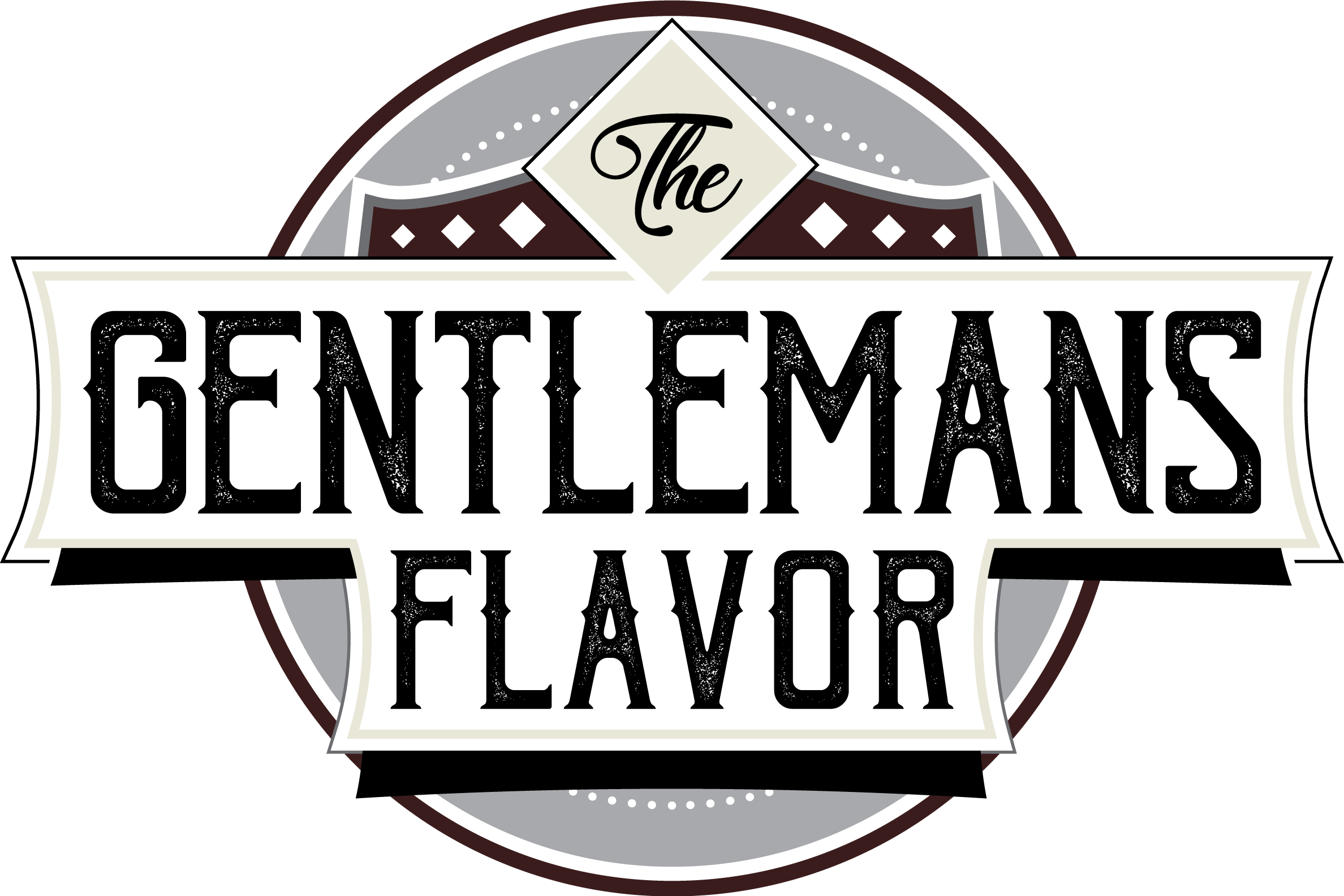
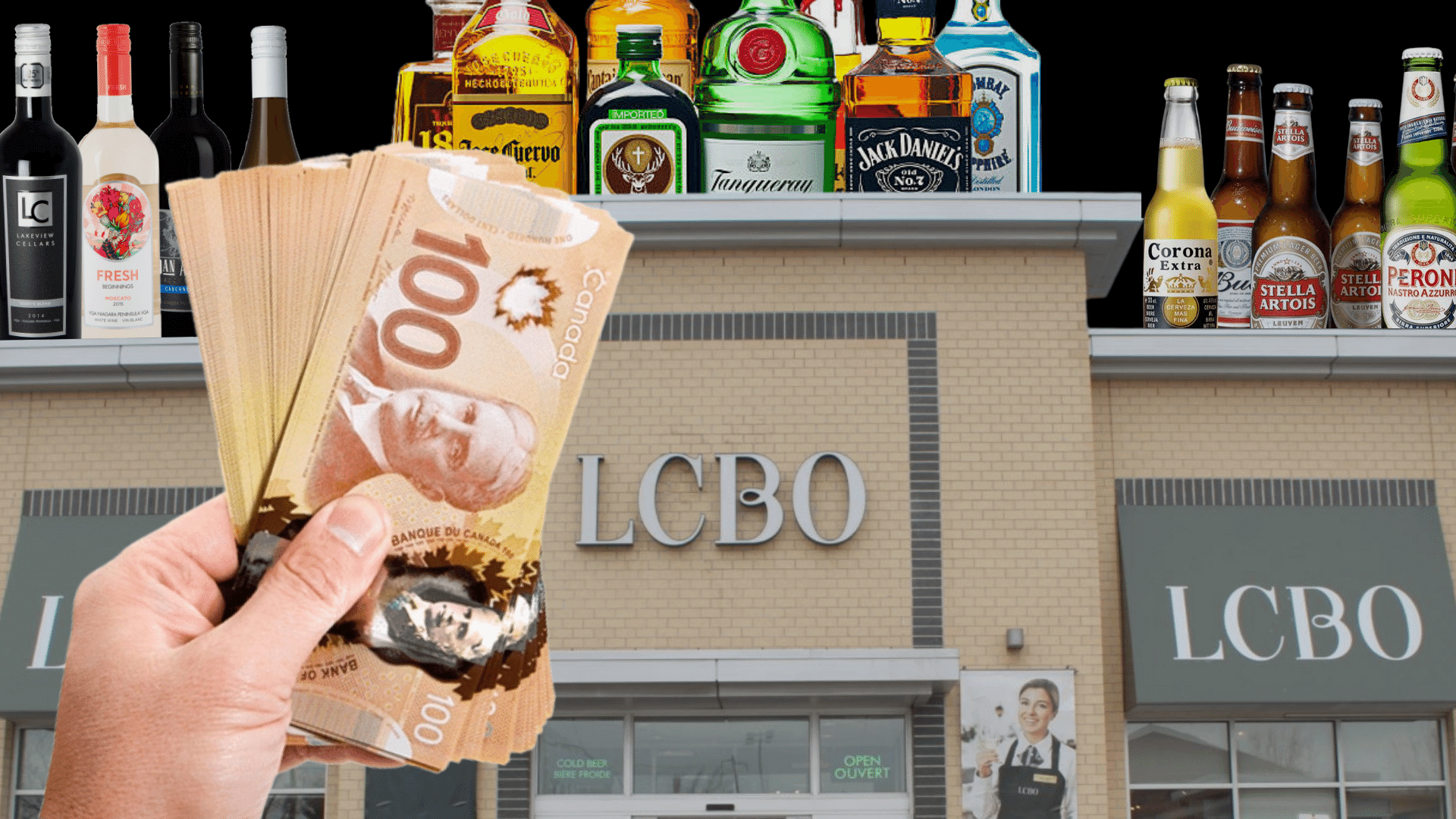
















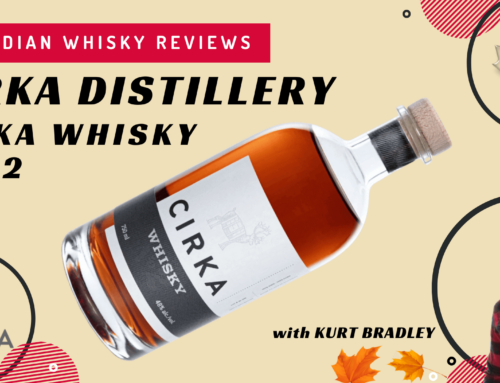
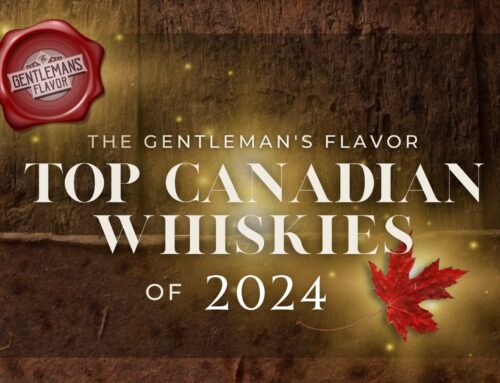
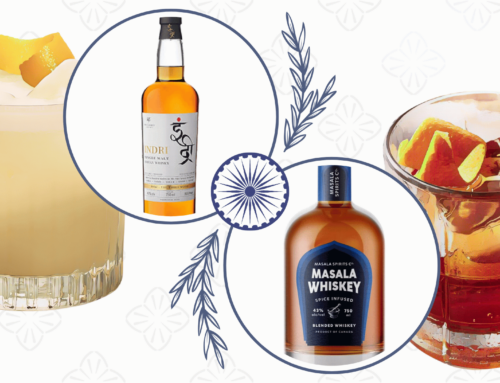

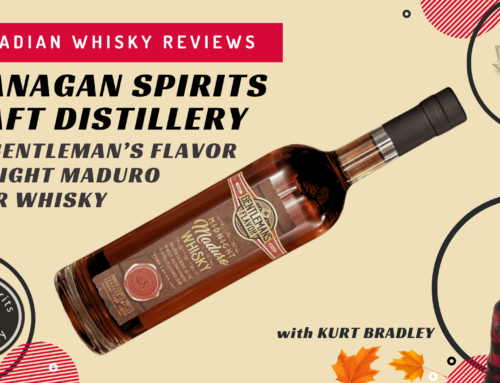
Excellent article! I will be sending it to my MPP.